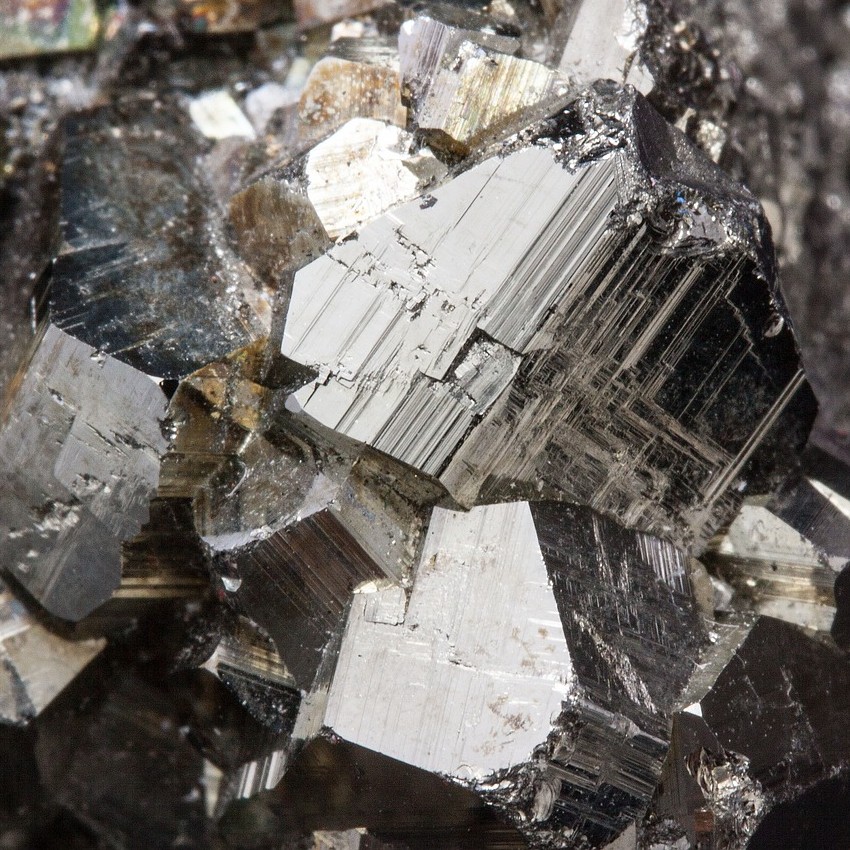Published:
The 21st century has marked a heightened sense of importance on reducing harmful pollutants and toxic gasses into the atmosphere. As a viable alternative, the spotlight has shifted to critical minerals, emerging as crucial resources on a global scale. Minerals like cobalt, copper, lithium, nickel and rare earth metals now play a pivotal role in the manufacturing of clean energy technologies, powering essential products such as wind turbines and electric cars. At the heart of this revolution lies the creation of the lithium-ion battery, a game-changing component driving the transition towards a cleaner, more sustainable energy landscape.
In the current global landscape, a fierce competition is unfolding among major players the likes of the United States, China, and Russia, all vying to secure access to critical metals essential for propelling the world towards a clean energy future, steering away from fossil fuels. Central to this rivalry is the nation of Saudi Arabia, emerging as a focal point due to its abundant reserves of the essential resources required for the deployment of clean energy technologies. Furthermore, its geographical location adds an advantageous dimension to this competition.
Notably, Saudi Arabia has recently projected a substantial surge in its estimated revenue from critical minerals. In 2016, the figure stood at 1.3 trillion dollars, and this is anticipated to soar to an impressive 2.5 trillion dollars. Underscoring its commitment to harnessing these resources, the country has identified and developed 33 new exploration sites for mining activities. Additionally, Saudi Arabia is positioned to enhance global cooperation by granting over 30 mining exploration licenses to foreign investors. This signals a proactive commitment to cultivating international partnerships in the field of critical mineral extraction.
The United States is actively taking extraordinary measures to narrow the gap with China in the competition for securing critical minerals crucial for the production of clean energy technologies. This pursuit involves substantial financial investments, with the U.S. dedicating millions of dollars to research methodologies for extracting rare-earth minerals, particularly from abandoned coal mines.
In a strategic move, the Pentagon has also committed investments in the U.S.-based rare-earth magnets manufacturer. This becomes particularly significant as the manufacturer relies on sourcing a considerable portion of its products from China. Notably, rare-earth magnets play a pivotal role in various military equipment, underscoring the importance of securing a domestic supply chain for critical minerals, especially in the context of national defense. This multifaceted approach showcases the United States' commitment to reducing dependency on external sources and strengthening its resilience in the critical minerals supply chain, a crucial aspect of both technological advancement and national security.
As things stand, over 80% of the United States critical minerals supply comes from foreign sources. China is the primary import source for the bulk of these minerals. They are home to 63% of global rare earths production and 37% of global reserves. On the other hand, China receives a majority of its critical minerals from South Africa; 75% of the nation's cobalt consumption comes from the Democratic Republic of Congo.
Russia has plans to invest 1.5 billion dollars in rare earth minerals as it strives to become the biggest producer of renewable energy sectors behind China by the year 2030.
The race for control of the critical minerals market is an interesting thing. As countries all across the globe compete for the title as lead producer, it will be interesting to follow. As people become more and more aware of the effects that carbon emissions, toxic gasses, and fossil fuels have on the environment, more and more countries will shift their focus to the clean and renewable energy business.
File under






